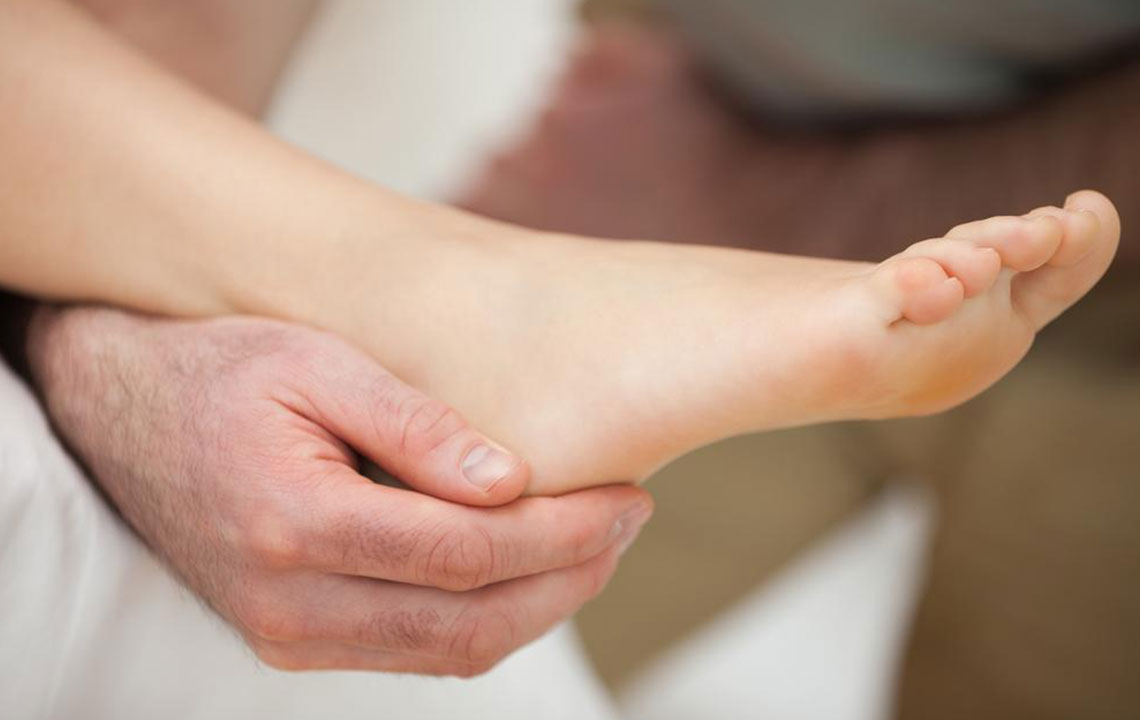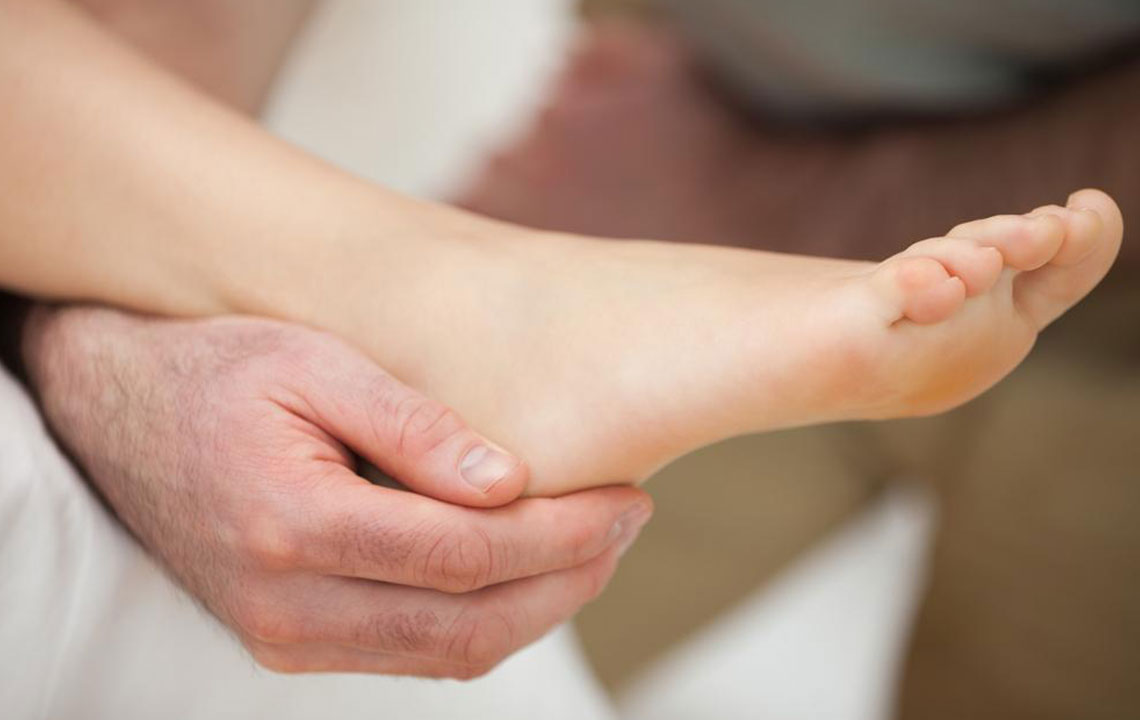Comprehensive Guide to Dorsal Foot Pain: Causes, Symptoms, and Effective Relief Strategies
Explore the comprehensive causes of dorsal foot pain, including tendinitis, stress fractures, and nerve issues. Discover effective relief strategies, from home remedies to medical treatments, to manage discomfort and restore foot health. Learn how early diagnosis and targeted interventions can prevent long-term problems. This in-depth guide provides the essential insights needed for anyone experiencing top of the foot pain to understand causes and find suitable treatment options.

Understanding the Causes of Dorsal Foot Discomfort and How to Manage It
The human foot is a complex structure made up of bones, muscles, ligaments, and tendons that work harmoniously to support daily activities such as walking, running, and standing. Given the constant pressure and strain placed on the feet, discomfort or pain in various regions of the foot is relatively common. One particular area that often experiences pain is the dorsal (top) part of the foot, which can significantly impact mobility and overall quality of life. Recognizing the root causes of dorsal foot pain is essential to obtaining effective treatment and relief. This comprehensive guide explores the common causes of dorsal foot discomfort, associated symptoms, and the various management and treatment options available.
Common Causes of Dorsal Foot Pain
Discomfort on the upper side of the foot can stem from numerous factors, often related to overuse, injury, or underlying health conditions. Engaging in physical activities such as running, jumping, or kicking can trigger or worsen these issues. Understanding these causes can aid in proper diagnosis and targeted treatment. Below are some prevalent reasons behind dorsal foot pain:
Extensor Tendonitis
One of the most frequent causes of dorsal foot pain is extensor tendonitis. This condition results from inflammation or irritation of the extensor tendons—these are the tendons that lift the toes and dorsum (top) of the foot. Repeatedly wearing tight shoes, overexerting during physical activities, or experiencing sudden increases in activity levels can cause excessive strain on these tendons, leading to inflammation, pain, and swelling. Symptoms often include tenderness along the top of the foot, difficulty lifting the toes, and discomfort during walking or running.
Sinus Tarsi Syndrome
This relatively less common yet impactful condition involves inflammation of the sinus tarsi, a small cavity located between the heel bone (calcaneus) and the talus bone of the ankle. Inflammation in this area can result from ankle sprains, instability, or overuse, causing pain localized to the top of the foot and ankle. Patients may notice swelling, tenderness, and a sensation of instability or weakness in the affected foot.
Stress Fractures of the Metatarsals
Stress fractures are tiny cracks in the metatarsal bones—long bones located on the dorsal side of the foot that connect the toes to the midfoot. These injuries are common in athletes or individuals who suddenly increase their activity levels. Symptoms include sharp pains that worsen with activity, swelling, tenderness, and sometimes bruising. Proper diagnosis often requires imaging studies like X-rays or MRI to confirm fractures.
Additional Factors Contributing to Dorsal Foot Pain
Gout: An inflammatory arthritis condition that may cause sudden, severe joint pain, often around the big toe but sometimes radiating upward to the dorsal foot. Gout attacks often involve swelling, redness, and warmth.
Bone Spurs: Excess bone growths near toe joints or on the dorsal foot can cause persistent, dull pain, especially during movement or pressure.
Peripheral Neuropathy: Nerve damage resulting from conditions like diabetes can cause numbness, tingling, burning sensations, or shooting pains emanating from the feet and spreading upward.
While minor discomfort and mild pain can often be relieved with home remedies such as rest, ice, compression, and over-the-counter pain medications, persistent or severe pain warrants medical evaluation. A healthcare professional can accurately diagnose underlying issues through physical examination and imaging, leading to tailored treatment plans. These may include physical therapy, medication, orthotics, or even surgical interventions in severe cases.
Understanding the underlying causes of dorsal foot pain plays a crucial role in effective management. Recognizing symptoms early and seeking appropriate medical care can prevent complications, improve recovery time, and restore foot function. Proper footwear, activity modifications, and preventive measures such as stretching and strengthening exercises can also help reduce recurrence and maintain foot health in the long term.




